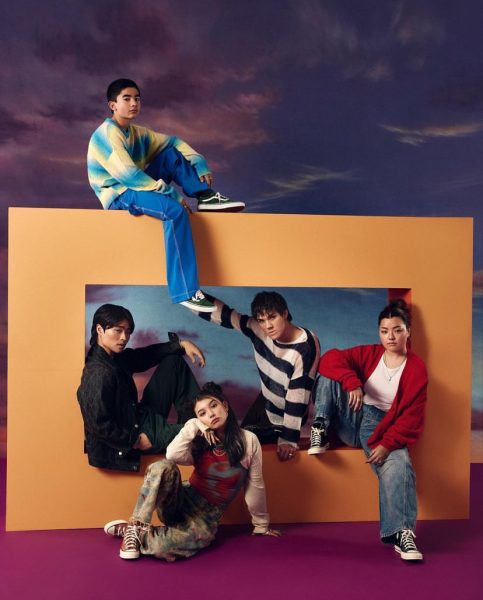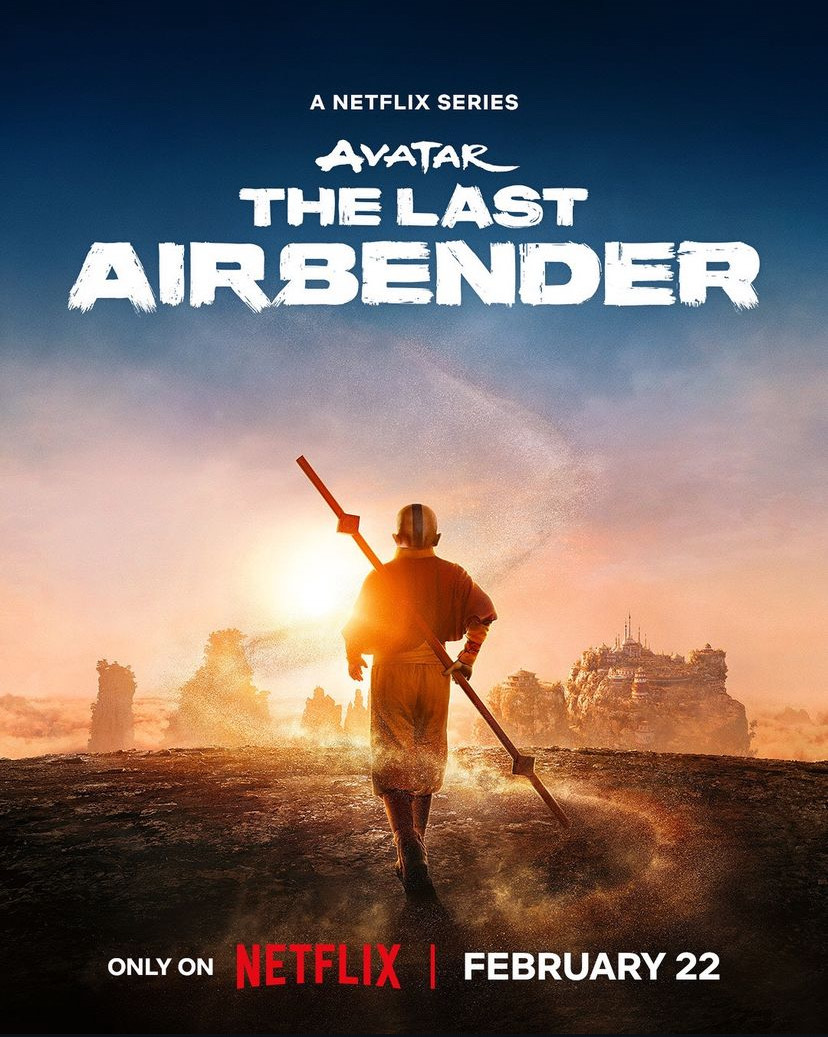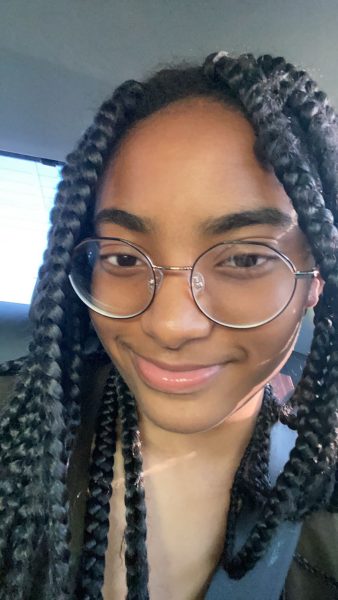Water, earth, fire, air. It was February 21, 2005, when Avatar: The Last Airbender first aired on Nickelodeon. Created by Michael Dante DiMartino and Bryan Konietzko, it follows the journey of Aang, the last Airbender and the Avatar, who must master all four elements (air, water, earth, and fire) to bring balance to the world and defeat the tyrannical Fire Nation. Along with his friends Katara, Sokka, and Toph, Aang faces challenges, forms alliances, and confronts his destiny to prevent the Fire Nation from dominating the world. The series explores themes of friendship, loyalty, and the consequences of war, blending action, humor, and character development.
Just like any animated series being adapted to live-action, there will be some scenes or characters that aren’t accurate to their original characters fans adore. The 2014, live-action for instance, is one of the worst live-action movies viewers who aren’t even ATLA fans consider the worst adaptation. Reasons such as bad directing, casting, acting, mediocre action, incorrect pronunciation, and lack of humor. Such as the new live-action, there are some similarities that are absolutely perfect and some factors that boil my blood.
To start off, let’s take a deep dive into the main character’s personality. Yes, it can be difficult to portray the character you’re playing sometimes; to perfectly represent what they stand for, and who they are. However, it’s not always the actors who are at fault. Although 112 years old, Aang still has the mind and body of a twelve-year-old boy from the Southern Air Temple. He’s playful, open-minded, a kid at heart, and adventurous. Everything he knows is from the Monks’ teachings which form the boy we see in the series. Props to Gordon Cormier as he’s a wonderful actor, but the producers did him wrong. In the original, when Aang figures out who Bumi is, he’s ecstatic to see his friend and mature about how his old friend challenged him. In the live-action, however, Bumi seems to only challenge Aang due to his disappearance for 100 years and “fail” his duty as the Avatar. He shames Aang’s entire culture and him, acting like a maniac. The complete opposite of the cartoon Bumi. Not to mention he has no hope in his friend’s success and only thinks about the bad things in life.
Katara. I have a bone to pick with the producers and how they had Kiawentiio portray Katara as this hesitant, weak girl who can’t fend for herself. Katara is fierce, independent, righteous, and unhinged. She will help those in need with no hesitation and won’t back down. For instance, expecting to master Waterbending from a waterbending master at the North Pole, she was rejected simply because she’s a girl. Rather than standing there feeling defeated, she challenges him to a duel to prove her worth and she does! They completely watered down her rage and I’ll never forgive them for that.
Now for Sokka. They removed his misogyny! Yes, misogyny is horrible, but by doing this, we see a lack of character development. He viewed women as someone who belonged in the kitchen, cleaned for the family, and incapable of fighting for themselves. It was not until a girl used his lack of warrior knowledge against him that he started to reflect on his views. We love character development and we love it more when the character learns from their mistakes and becomes a better person! Suki teaches him that crossdressing isn’t about conforming to societal gender norms or being “girly” but exposing how embracing a form of attire is associated with resilience, honor, and strength. By removing any mention of sexism, we viewers miss crucial messages.
Besides his lack of misogynistic behavior, he’s not funny. Sokka isn’t funny at all. It’s a fact that without Sokka, the Gaang (group name) would be bored as heck as shown in Book 3, episode 4. We don’t hear his contagious laugh and funny jokes because this Sokka is too serious. The actors are more like their characters when they’re themselves. Crazy.
Changing the personalities of the main characters is one thing, but adding new scenes is another and honestly something Netflix would do (not surprised). Why does Commander Zhaoi go to Kyoshi island? Why does Aang talk to Avatar Kyoshi, Kuruk, and Yangchen? Why does Aang fly when the only Airbenders who do are Laghima and Zaheer? Aang is very talented, extremely even, that’s why he got his arrow tattoos at such an early age but that doesn’t mean he discovered the weightlessness by relinquishing his earth attachments. Although my questions will never be answered, it’s good to ask them, which is why I want to know why Princess Yue can bend. Not only is she a non-bender but she is obedient when it comes to her people (the people of the Northern Water Tribe), and will do anything to flourish her tribe to the fullest which is why she decided to marry Hahn in the original way which she did not here. Finally, they slightly scraped a part of Suki’s sense of independence and strong will. I will agree the qualities remain, but when she stalked Sokka, it made me want to quit because Suki isn’t a chaser!
While there are aspects of the show I would rather not place my eyes on ever again, I do love the fact that they show more representation of what the original presents than the 2010 live-action movie which was whitewashed. Pretty much every culture in Avatar was inspired by Asian culture like the Air Nomads inspired by Tibet Monks, the Earth Kingdom with China, the Fire Nation with Imperial Japan, and the Water Tribe based on Inuit culture. Keep in mind that while Inuits aren’t ethnically Asian, many of their ancestry is from North-Eastern Asia. This illustrates that cultural influences aren’t always a walk in the park as the Fire Nation draws inspiration from Chinese culture. Similarly, the Sun Warriors (Book 3, episode 12) extract inspiration from various cultures, strongly emphasizing Mesoamerican influences.

It’s clear Michael and Bryan were and still are passionate about indigenous cultures and what’s a better way than indirectly educating children on a show about people controlling elements? Considering the fact that Katara’s “hair loopies” are an Inuit hairstyle called “qilliqti’ ‘ in Inuktitut, and they included that just proves how spirited they are about diverse cultures, which is unfortunate because due to creative differences, they left the project in 2020 was just most depressing news. As expected, fans were skeptical about Netflix announcing their plans for its own live-action adaptation. Bryan’s statement on Instagram shared, “When Netflix brought me on board to run this series alongside Mike two years ago, they made a very public promise to support our vision,” (August 12, 2020), but because it, well, Netflix, there was no follow-through on that promise. In addition, “Though I got to work with some great individuals, both Netflix’s side and our own small development team, the general handling of the project created what I felt was a negative and unsupportive environment.”
As a response to Mike and Bryan’s posts, a Netflix spokesperson said, “We have complete respect and admiration for Michael and Bryan and the story that they created in the Avatar animated series. Although they have chosen to depart the live-action project, we are confident in the creative team and their adaptation.” That’s baloney. If you admire them so much, why drive them away? Netflix is a failure and wouldn’t get the money they have now if it wasn’t for those men and their creative team who constructed this masterpiece.
In full honesty, I’d give this a 4/10. It was very pleasing to look at, I loved the bending, clothing, setting, and cast. The actors did extremely well with the roles they were given, cheers for them but the writing wasn’t by cup of tea but what can you expect from Netflix? I’m not going to dwell on their horrible decisions just because they’re incapable of satisfying a fandom and disrespecting its creator.



